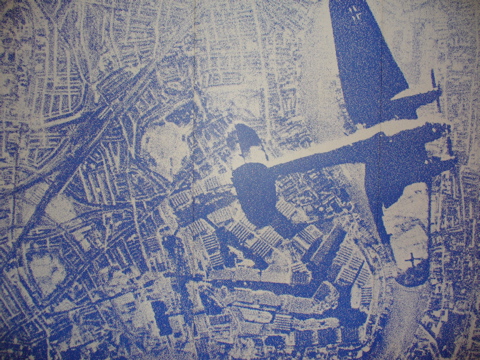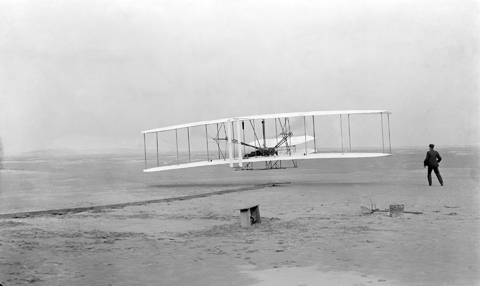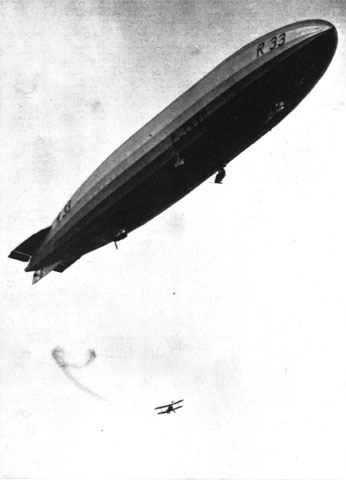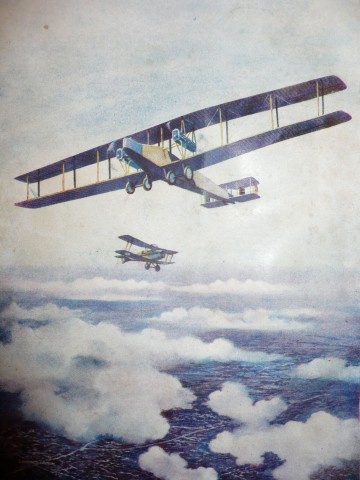Wednesday, 14 September 1938
Ultimatum … martial law … 12 dead. These are not good words to be reading in the headlines (Manchester Guardian, p. 9). Yesterday, Hitler’s Nuremberg speech was interpreted as being somewhat worrying, but basically OK: after all, it could have been worse. But in the Sudetenland itself, it led to rioting, and the deaths of […]










